As of April 1, Making Stories is closed. Thank you for your support all these years!
As of April 1, Making Stories is closed. Thank you for your support all these years!
Spinning Fiber
Notions & Gifts
Books, Magazines & Patterns
About Us
We're here to help you stitch sustainability into every aspect of your making.
With our carefully curated selection of non-superwash, plastic-free yarns and notions, we have everything you need to get started on your next project - and the one after that.
Here's to a wardrobe of knits we love and want to wear for years to come!
We're here to help you stitch sustainability into every aspect of your making.
With our carefully curated selection of non-superwash, plastic-free yarns and notions, we have everything you need to get started on your next project - and the one after that.
Here's to a wardrobe of knits we love and want to wear for years to come!

Our Sustainability Pledge

Our Blog
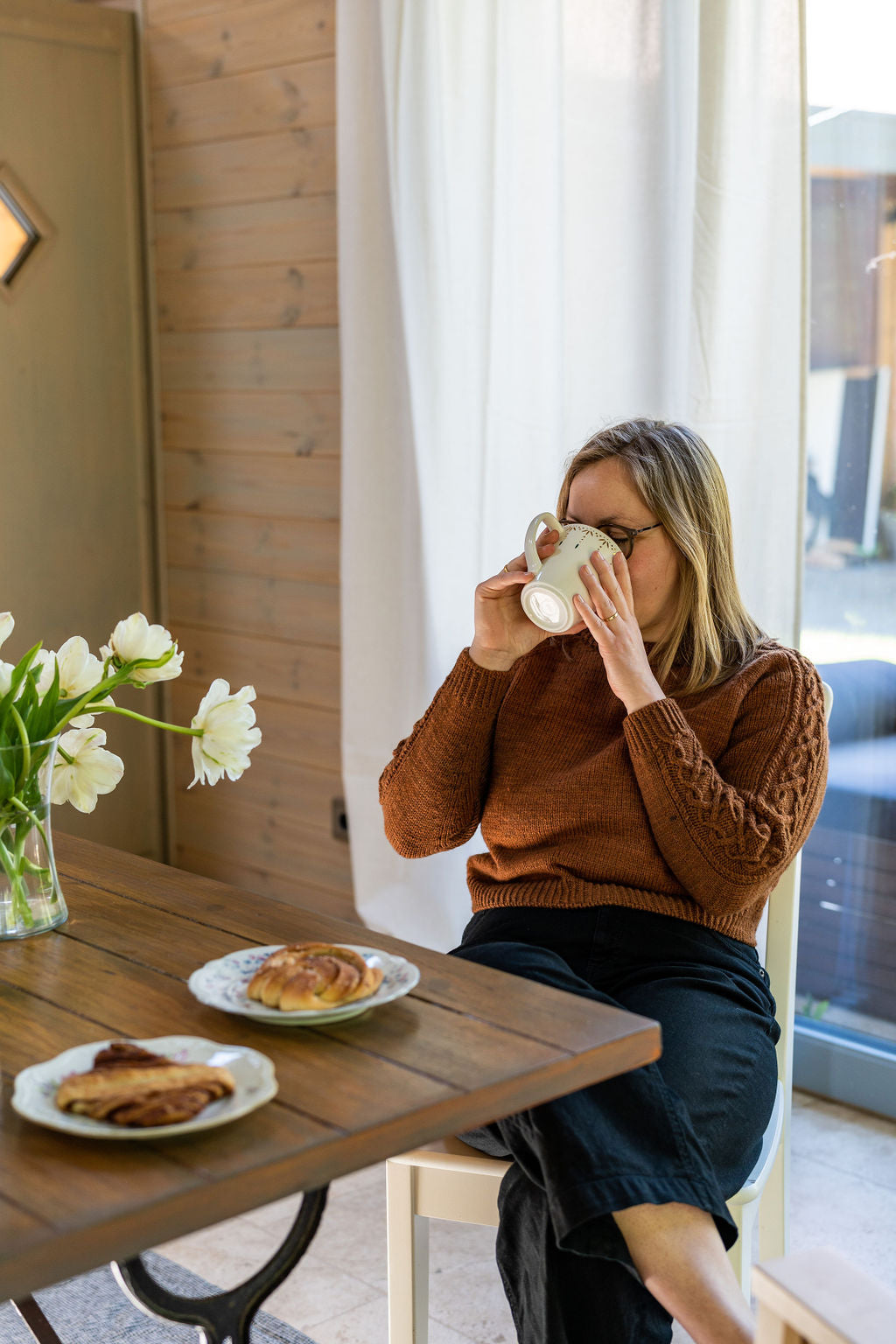
Our Podcast

The Making Stories Collective
What it means to be an indie knitting magazine
June 17, 2024 6 min read 2 Comments
We've seen dramatic changes in the knitting magazine landscape over the past 12 months: Pom Pom Quarterly ceased publication at the end of 2023, Laine sold the majority of their company to one of the biggest Finnish publishers, and Amirisu first pivoted to books, and now to an online-only media outlet. Multicraftual magazines that often included knitting patterns were equally as affected: Making pivoted to a combined app and monthly membership business model, and Taproot first changed to a preorder model, and then very abruptly closed their business (the website is offline, hence no link).
This has left us standing as one of the very, very few indie knitting magazines in the market. As I was putting together the budget for our upcoming Fall & Winter 2024 Issue, I kept coming back to this statement, asking myself what it really meant.
What is an indie knitting magazine?
The "indie" in "indie knitting magazine" stands for "independent". This means that we do not have any outside investors or belong to a bigger publishing company or group.
Having outside investors or a parent company very often has direct implications on your cash flow, production cost, and pricing model. Let's dive into this a little deeper:
- "Cash flow" – this, very roughly, means how much money you have available to spend at a certain moment in time. Companies backed by outside investors will often have a very large chunk of money transferred to them in a so-called "funding round" which will then become the cash they need to pay their bills until the next round. If you have a parent company, cash flow "dry spells", i.e. times when you need to pay certain bills while you haven't had the revenue flow in just yet, can often be bridged by an intra-company loan.
- Production cost – if you have a large parent company, chances are, you can capitalize on their scale and get better printing conditions. You are also more likely to get an intra-company loan like mentioned above to afford a larger print run, which in turn drives down the cost per copy.
- Pricing model – broadly speaking, there are certain scenarios in which you can afford a lower margin as an investor- or parent-company backed publisher. Perhaps your salaries or other overhead costs are covered by the parent or come out of your funding round; maybe your production cost are lower and so you can set your prices a little lower as well.
If you are an "indie knitting magazine" like we are, you don't have any of these benefits. We need to finance each print run (including the Marketing cost associated with it) out of the preorders, wholesale orders, and subscriptions we sell. Our printing production cost are directly dependent on how large our print run is, while our creative and overhead cost associated with each issue stay stable, no matter how many copies we print. We do need to include our complete magazine overhead cost and a portion of our company overhead cost in our pricing model as we directly rely on the margin of every single copy we sell to be able to pay our bills - and salaries.
Now, it's a very conscious choice that we are and continue to be independent! I very firmly believe that small, independent businesses are better for our world, and our society. Studies show that female-led small and micro businesses are reinvesting their resources into their local communities and economy, and the more of these small businesses we create, the less dependent we are on the big (internet) box stores.
How the change in the knitting magazine market impacts us
What I have observed in the knitting publication market in the past year or two is that it's becoming increasingly harder for yarn shops to sell magazines. Almost every single stockist I talked to in the past few months has mentioned that customers are less and less likely to invest in a full magazine. They seem to prefer buying individual patterns instead.
This makes so much sense to me: Living costs have gone through the roof almost everywhere on this planet, and knitting alone is a luxury hobby when you need to think about groceries and gas and rent. Then, within knitting, you do need yarn and possibly a pattern if you want to make something, but do you really need a full magazine? Thinking through how many patterns from a magazine you would realistically want to knit, and then whether buying said magazine makes sense for you is a natural consequence of the world we currently live in.
For us, this has resulted in a steady decline of stockist orders over the past few issues. At first, I attributed this to seasonal effects, but two years in and I think it's safe to say that this is not a trend that is going away. This is really difficult for us as we sell about 60% of our print run to stockists – so if that steadily declines, we need to either catch those sales through selling more direct to consumers or our print run has to go down.
I think the disappearances and pivots of knitting magazines speaks to that the crunch between declining wholesale sales and hard-to-increase consumer sales is very, very real. For a long time, I didn't want to see this - but the overall market dynamics and our own numbers do speak a very clear language.
What does this mean for Making Stories Magazine?
Well, the good news first: We are not going anywhere. At least not yet. We – I, really – have made commitments with designers and my team through Issue 14, Fall & Winter 2025.
I am not going to lie though: There is a realistic chance that Issue 14 might be the last issue of Making Stories Magazine. It's not, very definitely not, because I don't love this work anymore. I so very much do. And at the same time, I cannot close the eyes anymore before a market and numbers that don't seem to be working in our favor. I will be monitoring the forecast and actual sales for Issues 12 and 13 very closely so that I can make a sound decision whether or not we're going to continue our magazine journey after the end of next year.
What it also means more concretely for our upcoming Issue 12 is an update to our prices. Our last price adjustment was in July 2022, almost two years ago. Since then, our production cost have increased substantially and we've had to front payments for paper that will carry us through Issue 14.
In order to avoid having to do another price increase before the end of 2025, we are raising our prices as follows:
- Print copy: From €26.90 to €32 -> a little under 20%
- Digital copy: From €20.90 to €26 -> a little under 25%
- Subscriptions - print: From €45.90 to €55 -> a little under 20%, keeping our 15% discount on subscriptions
- Subscriptions - digital: From €35.90 to €45 -> a little over 25%, keeping our 15% discount on subscriptions
The print and digital copy price changes will go into effect once Issue 12 is available for preorder. When we roll over our subscription to start with Issue 12, it will be available at the new price. For renewals, the price increase will go into effect with the next renewal cycle in September.
While the percentage increase might seem substantial, it's driven by the fact that we've absorbed the cost increases for the last two years. Had we done a price increase in 2023, we very likely would have had to raise the prices less this year.
I am so very glad that we have built a community in which I can share these numbers and thoughts so openly. So many of you love our magazine and the mission behind Making Stories, and I hope that you will continue to support us as one of the last-standing indie magazines in the market. I know that buying from us is more expensive than from other publishers, and I hope that by sharing all of this with you it's become clear why. I appreciate every single one of you so, so much – thank you for making this work possible!
If you have any questions, you can always reach me via email or leave a comment down below!
2 Responses
britt
June 24, 2024
I know it is super hard!! I work for a publishing company that puts out craft magazines. Subscriptions are down across the board and I don’t think it’s because the magazines aren’t beautiful, “trendy” or declining in what they give folks. It’s definitely the economic climate we are in today. It’s a real struggle for ALL magazines to keep their doors open in this type of environment. I will be hoping your magazine pulls through!!
Leave a comment
Comments will be approved before showing up.
Also in Blog

Issue 13 – Confetti & Rainbows | Official Pattern Preview
February 12, 2025 13 min read
Hi lovelies! The sun is out here in Berlin, and what better day to talk about one of the most joyful issues we've ever done than a brilliant sunny winter day – meet Issue 13, Confetti & Rainbows!
In Issue 13 – our Spring 2025 Issue – we want to play! Confetti and rainbows, unusually and unconventionally interpreted in 12 new knitwear designs – a journey through color, shapes, texture and materials.
Confetti made out of dried flowers, collected over months from bouquets and the road side. Sparkly rainbows, light reflecting. Gentle textures and shapes, echoing the different forms confetti can take. An unexpected rainbow around the corner, on a brick wall, painted in broad strokes.
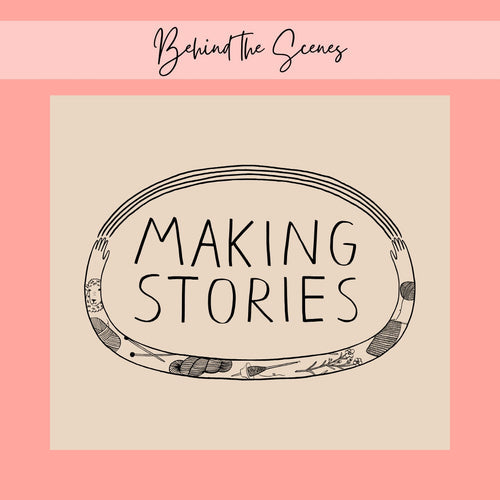
New Look, Same Heart: The Story Behind Our Delightful Rebrand
January 16, 2025 4 min read 1 Comment
Hi lovelies! I am back today with a wonderful behind-the-scenes interview with Caroline Frett, a super talented illustrator from Berlin, who is the heart and and hands behind the new look we've been sporting for a little while.
Caro also has a shop for her delightfully cheeky and (sometimes brutally) honest T-Shirts, postcards, and mugs. (I am particularly fond of this T-Shirt and this postcard!)
I am so excited Caro agreed to an interview to share her thoughts and work process, and what she especially loves about our rebrand!

Thoughts on closing down a knitting magazine
November 19, 2024 12 min read 1 Comment
Who Is Making Stories?
We're a delightfully tiny team dedicated to all things sustainability in knitting. With our online shop filled with responsibly produced yarns, notions and patterns we're here to help you create a wardrobe filled with knits you'll love and wear for years to come.
Are you part of the flock yet?
Sign up to our weekly newsletter to get the latest yarn news and pattern inspiration!

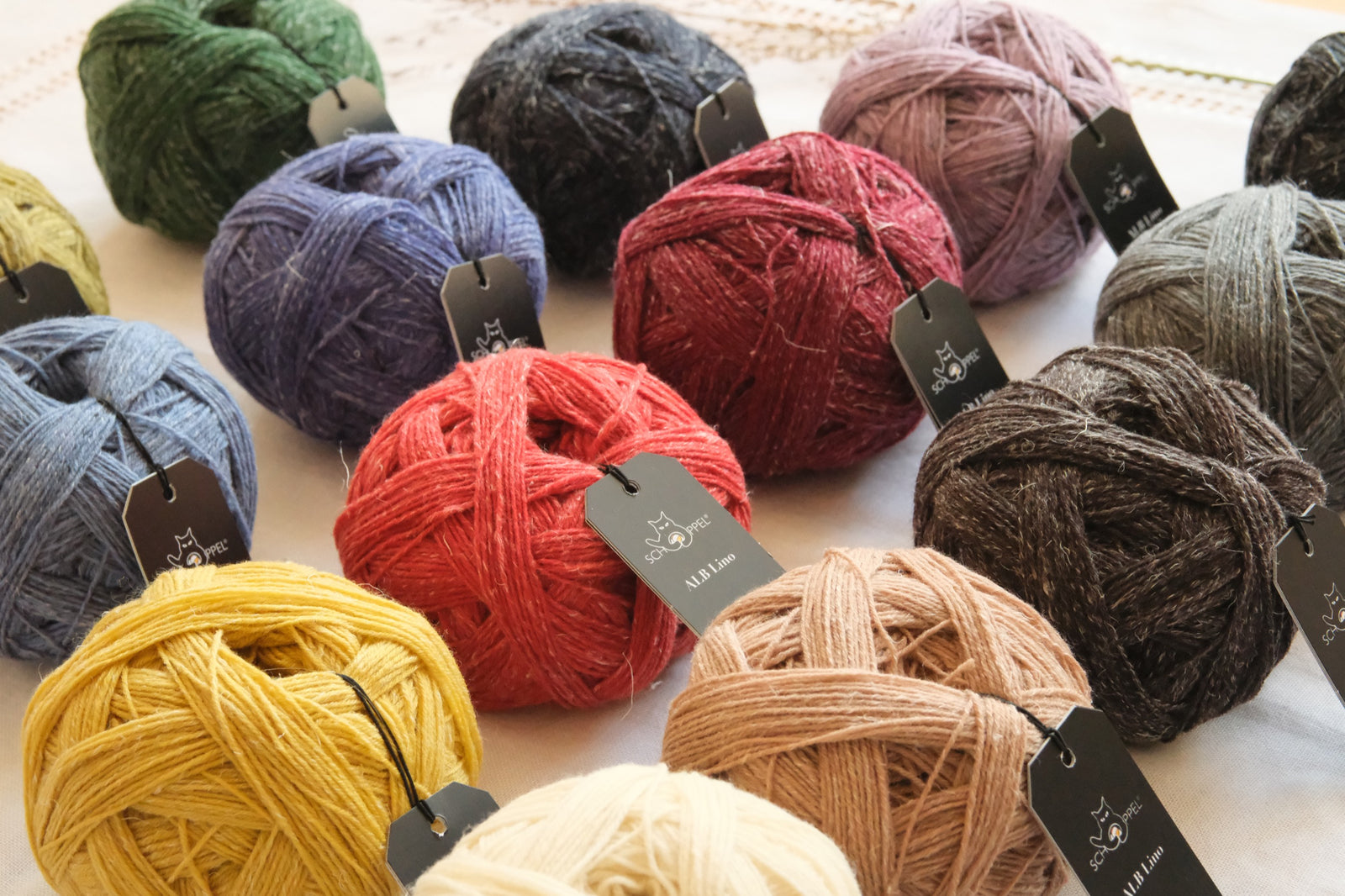
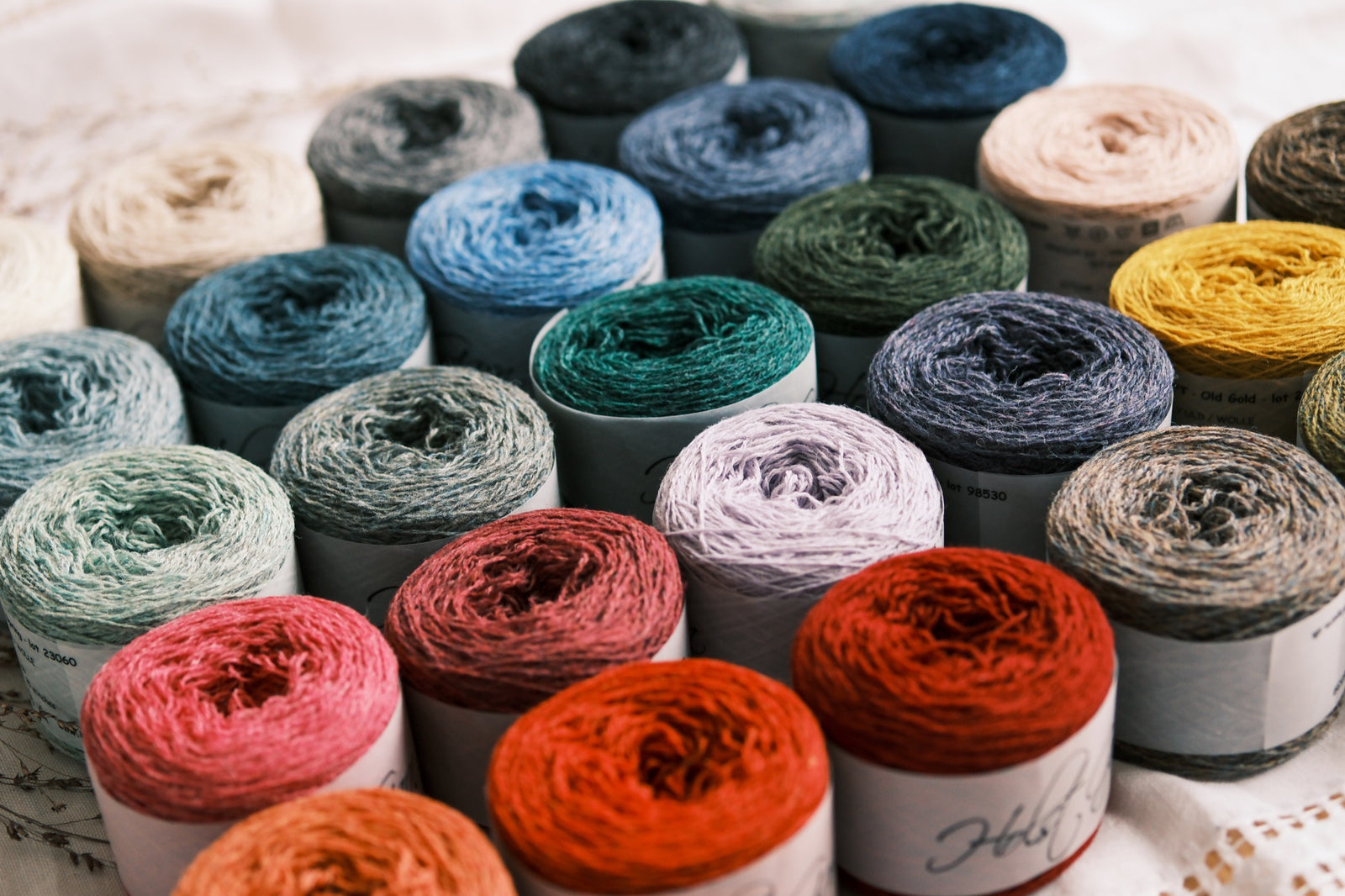

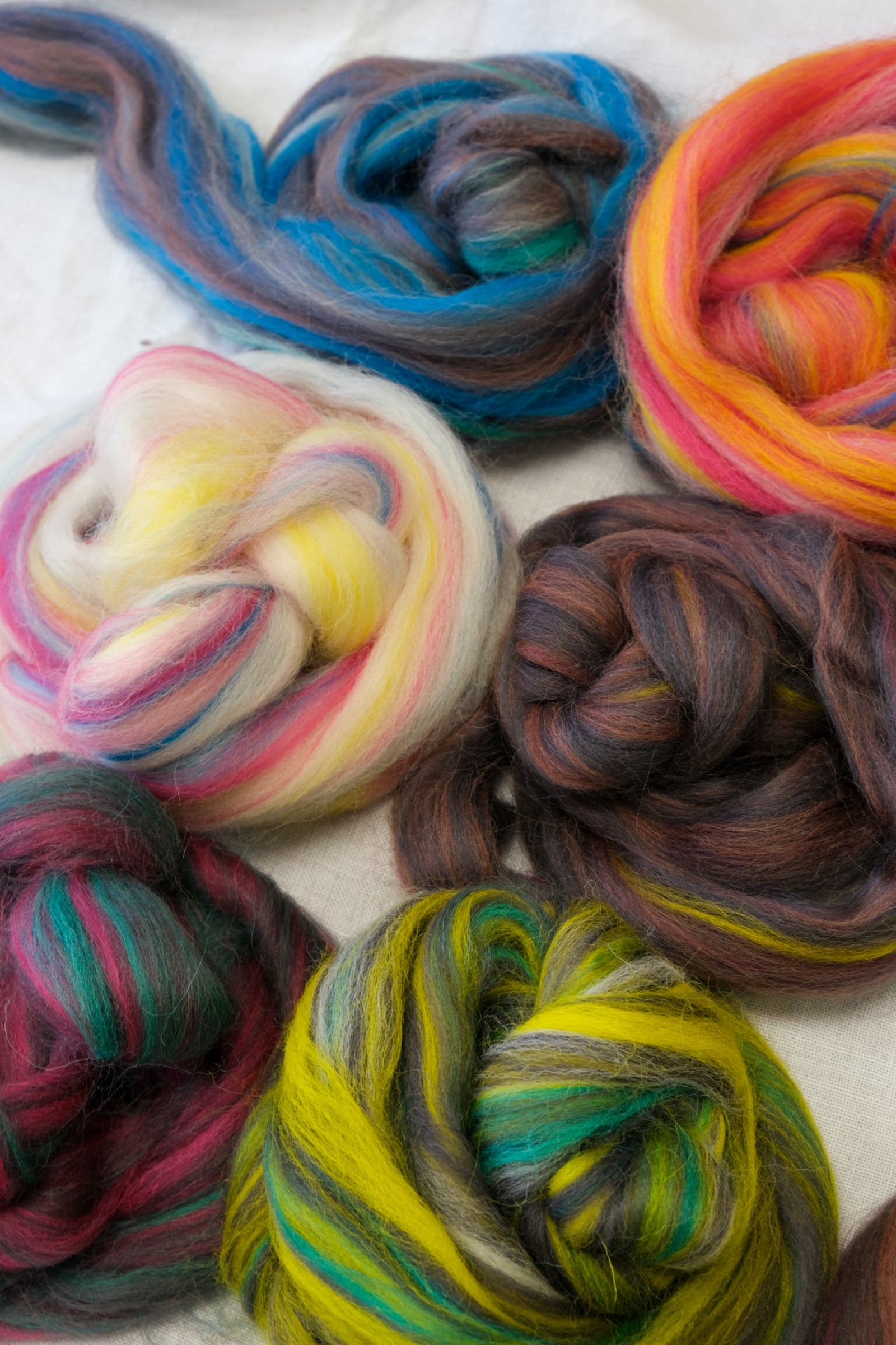
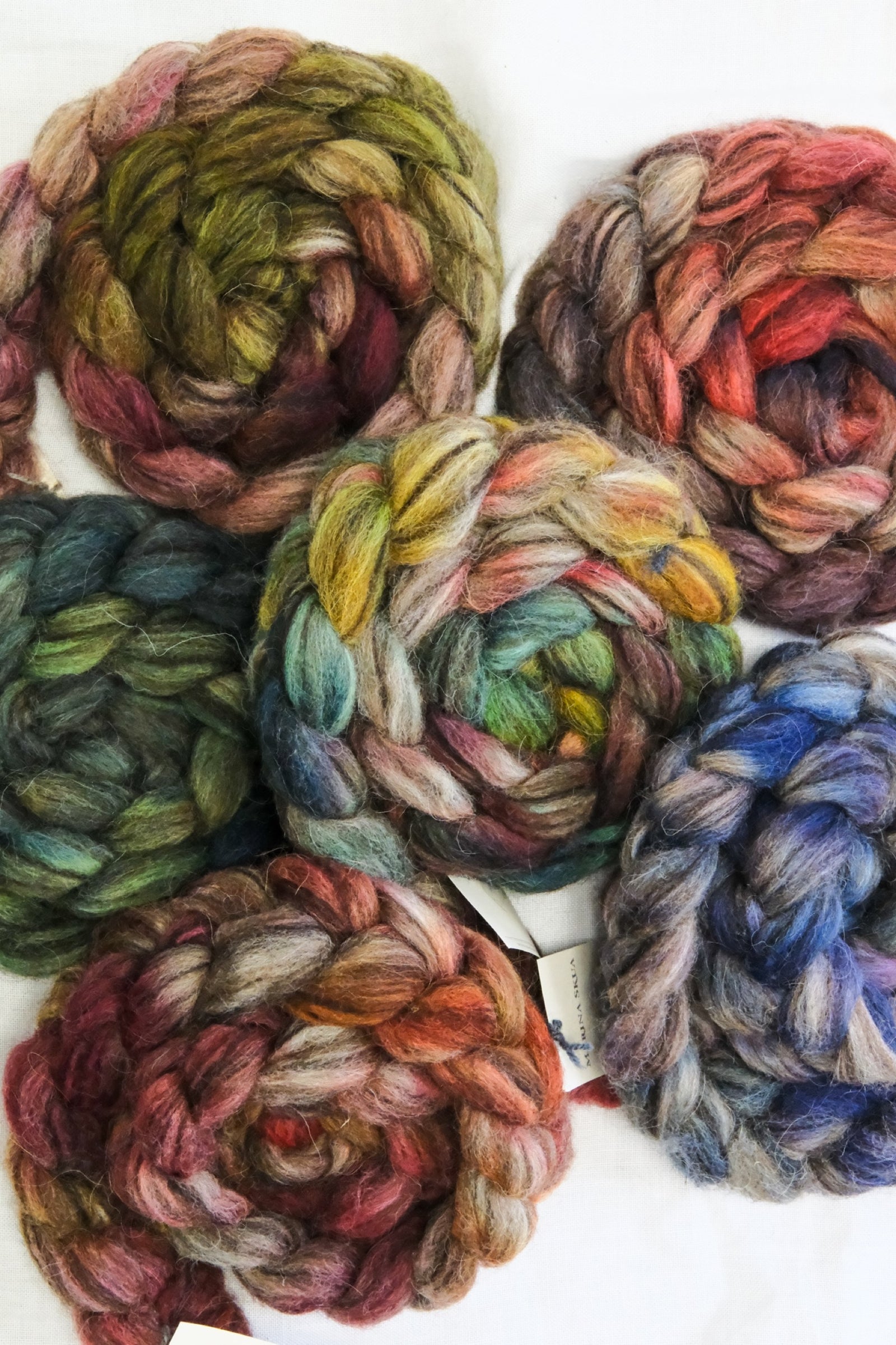
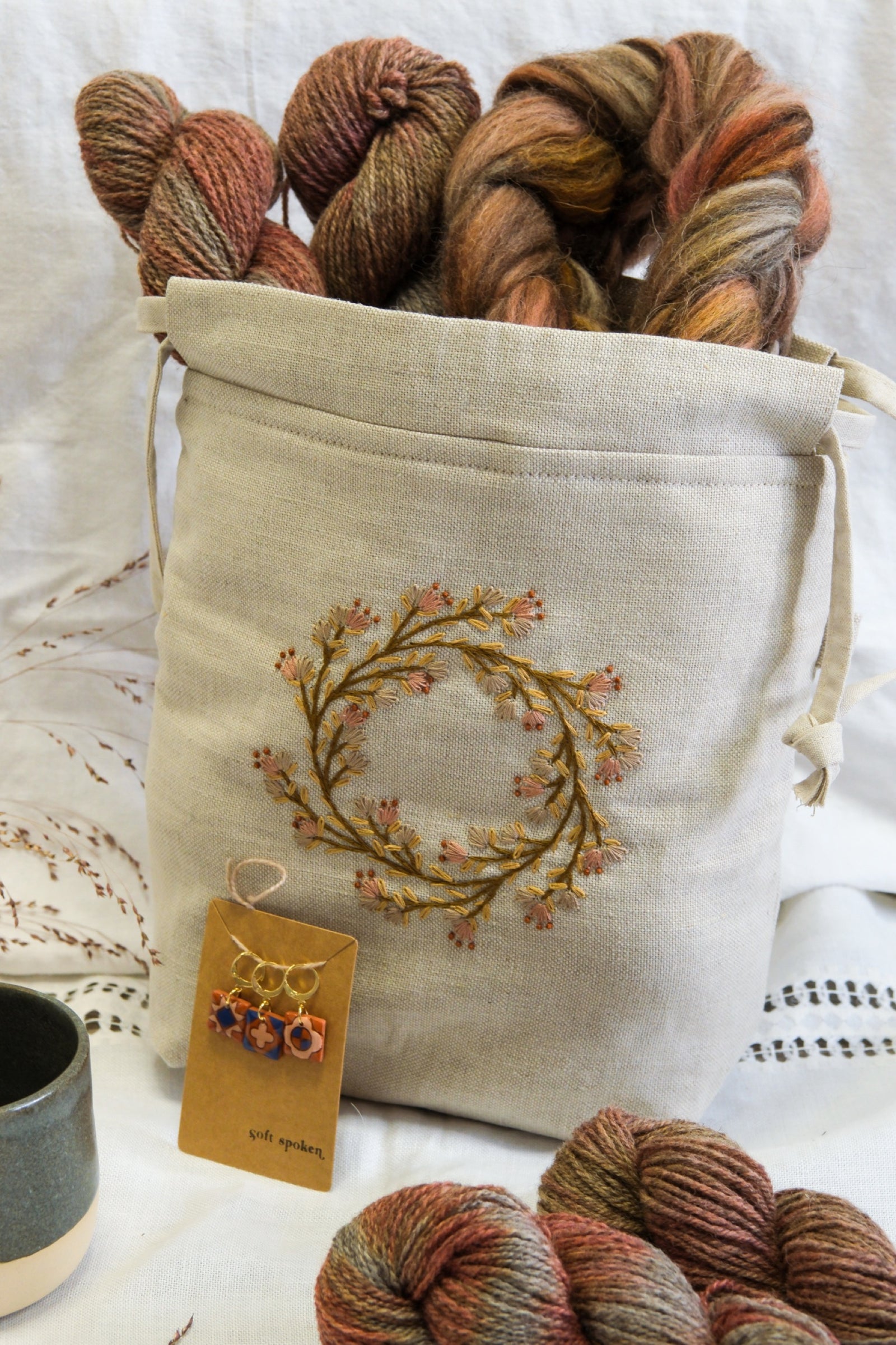

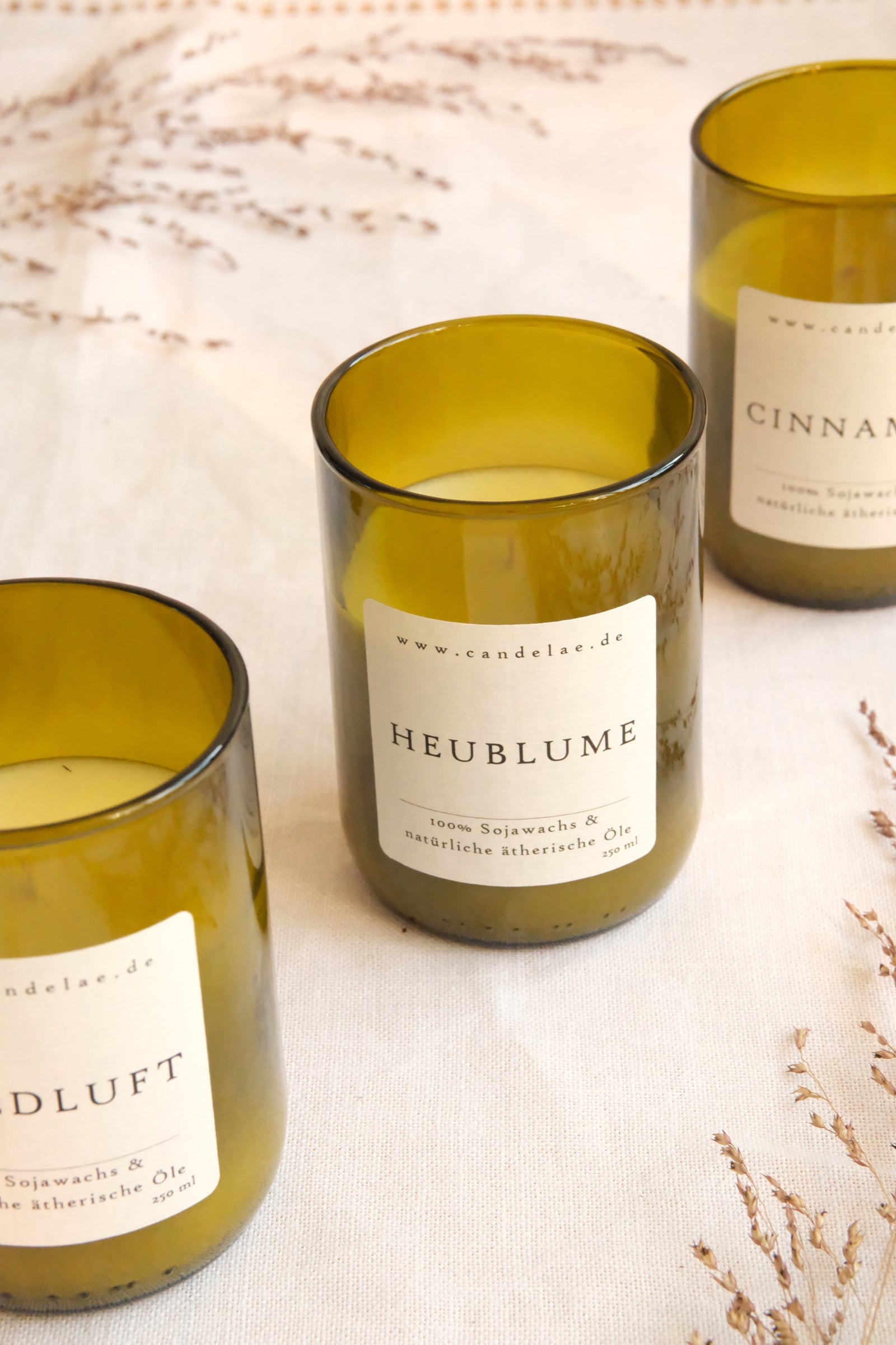

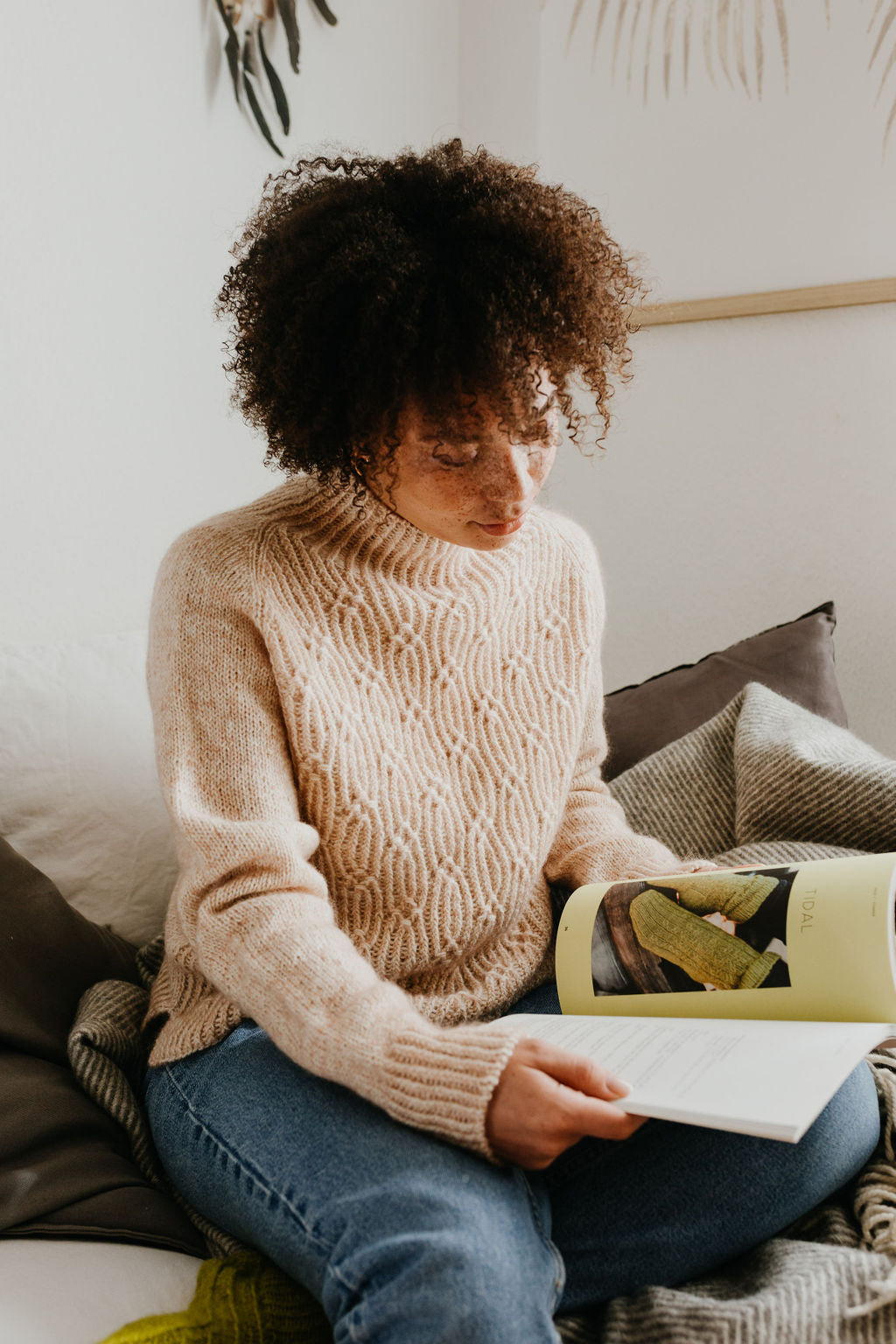
Elisabeth
June 26, 2024
Thankyou for your honesty and for educating us! I would really miss the magazine and am happy to pay a bit more to still hold it in my hands. Its timeless and unique! Currently have two projects from the current magazine on my needles and love them both. Keeping my fingers crossed!